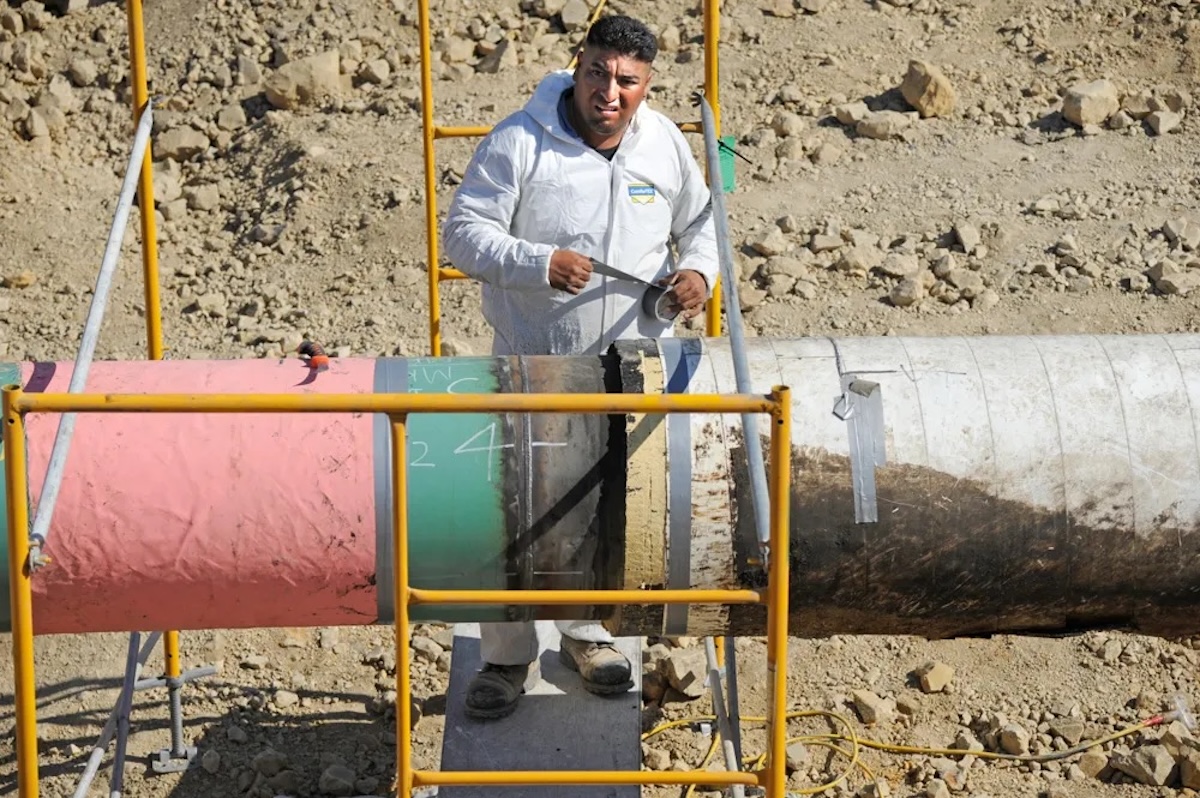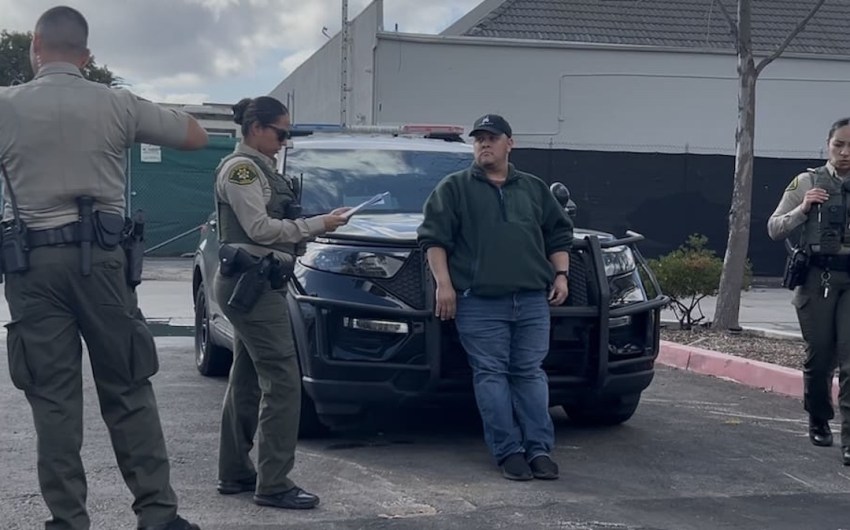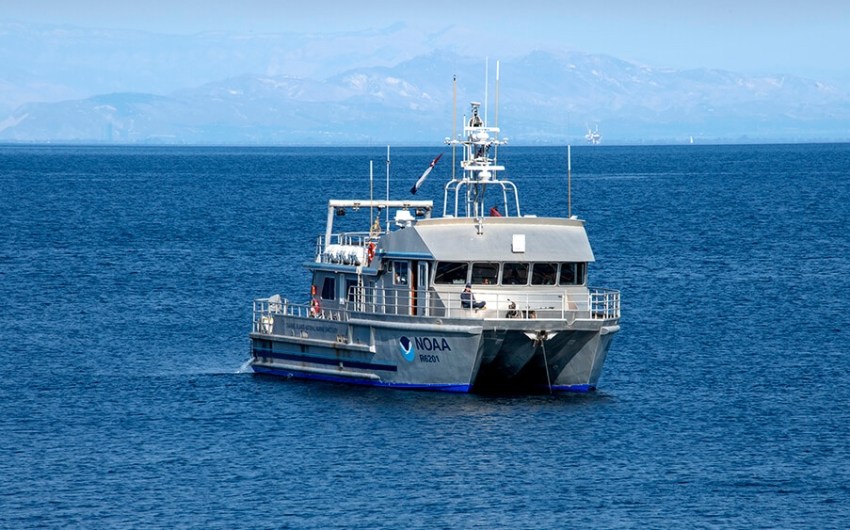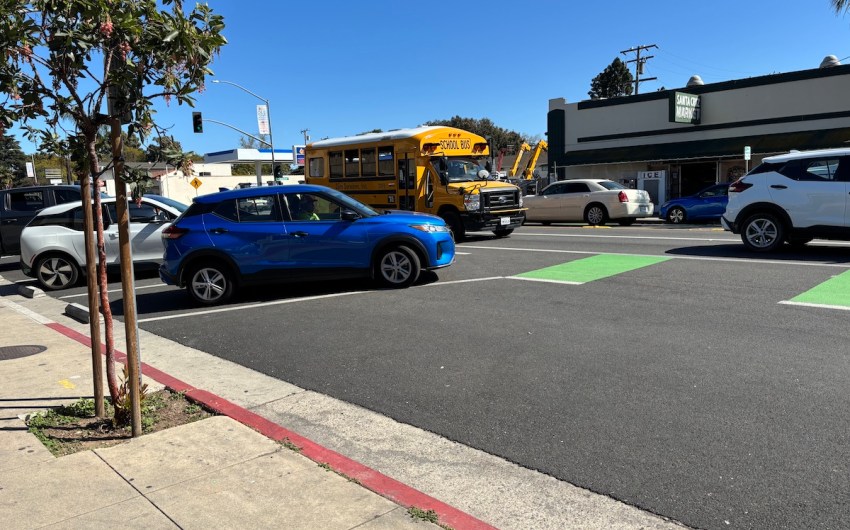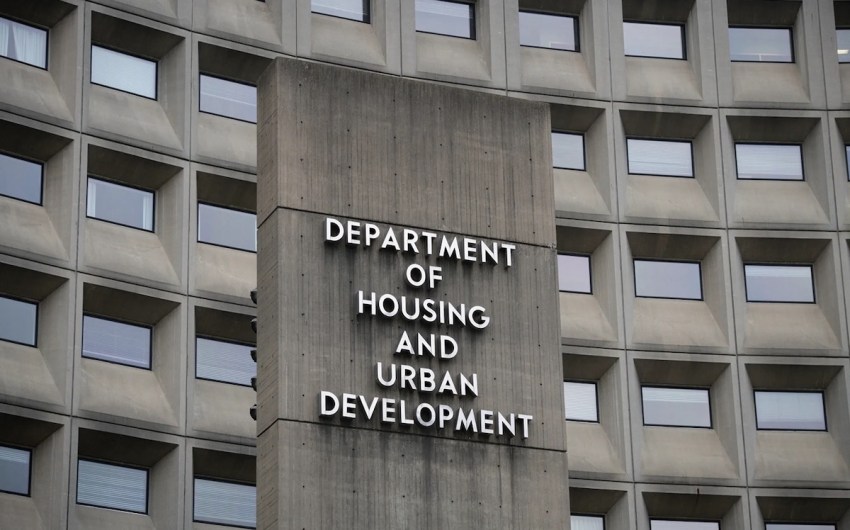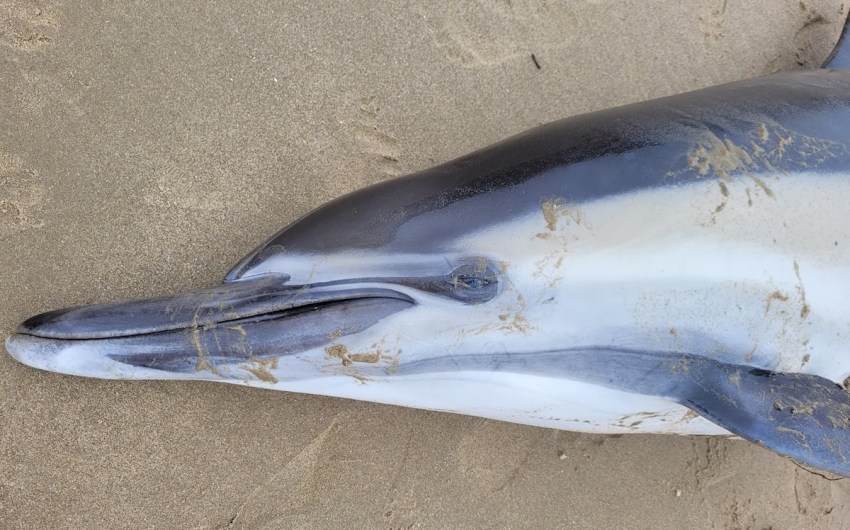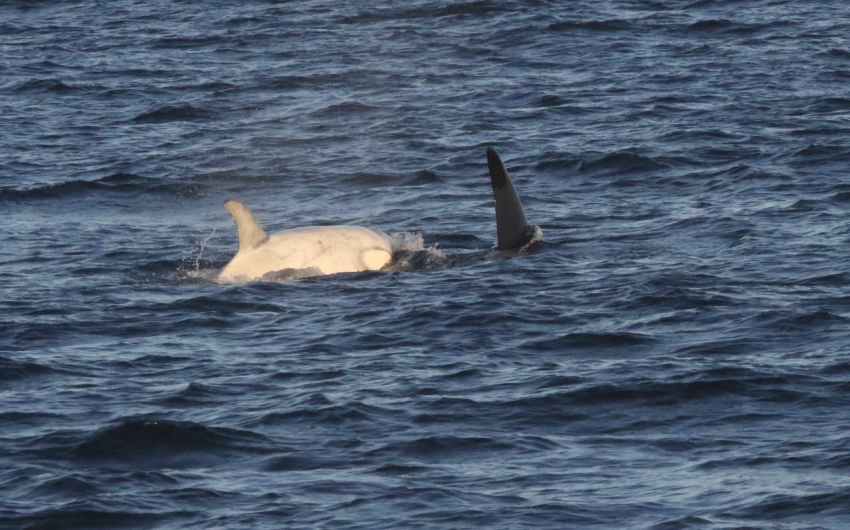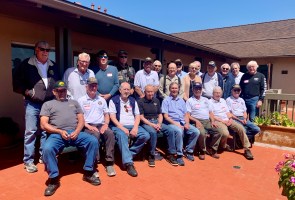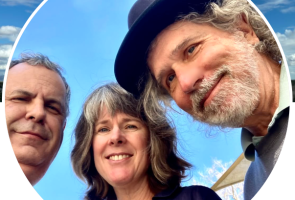This article was underwritten in part by the Mickey Flacks Journalism Fund for Social Justice, a proud, innovative supporter of local news. To make a contribution go to sbcan.org/journalism_fund.
The powerhouse team of nonprofit lawyers at the Santa Barbara–based Environmental Defense Center (EDC) has never been sued. As such, it’s only proper that an offshore oil company crafted by the God-like hands of ExxonMobil is the first to take a stab at it — over “national security” concerns, no less.
Exxon descendant Sable Offshore issued a suit against the EDC and the California Department of Fish and Wildlife on July 25 in an attempt to conceal portions of an oil spill contingency report. The document outlines pipeline conditions and worst-case scenarios regarding potential oil spills from the Santa Ynez Unit (SYU), containing three offshore oil rigs, an onshore processing facility, and the Las Flores Pipeline System on the Gaviota Coast. The same pipelines ruptured in 2015, dumping about 123,000 gallons of crude oil into the Santa Barbara waters in the devastating Refugio Oil Spill.
“Sable’s actions show that they’re hiding information that’s damaging to them,” said Jeremy Frankel, an attorney with the Environmental Defense Center. “The public ought to have this information.”
The worst-case scenario document — formally called the “integrated contingency plan” (ICP) — was submitted to Fish and Wildlife for approval earlier this year. This step is one of many that Sable must legally take to gain approval for their ramp-up of the SYU, which has been inactive since the 2015 spill.
Enter the EDC, which has worked tirelessly behind the scenes to throw any and every kink into Sable’s plans to bring oil production back to the Central Coast. After analyzing a financial document from Sable claiming that the “reasonable worst-case spill volume” would only be 42 gallons for the existing pipelines, the EDC — dubious — poked the bear, submitting a Public Records Request to Fish and Wildlife for Sable’s ICP on June 4.
As is standard, Fish and Wildlife alerted Sable that a member of the public was asking for their ICP. Sable hastily took a black marker to a few key lines of their report and handed it back to Fish and Wildlife for release to the EDC.
On July 16, Fish and Wildlife alerted Sable that they would not forward over a Sharpie-ridden copy of the plans and instead would release the unredacted version to the EDC. Sable didn’t take kindly to that answer and sued Fish and Wildlife on July 25 — adding the EDC as a defendant, then downgrading them to a “real party of interest” — over claims that the redacted portions contain matters of national security and trade secrets.
The redacted document most notably leaves out the current condition of the previously corroded pipelines, the volume and likely location of a worst-case oil spill, system shutdown response times, overall response scenarios, and specific locations of the pipelines.
“This information, if disclosed, could enable terrorists, criminals, or other bad actors to use, for example, the detailed pipeline location information to sabotage or otherwise disrupt pipeline operations,” wrote Sable’s team of attorneys in their lawsuit. They also assert that the ICP contains “protected trade secrets and confidential business information, including pipeline specifications and engineering or technical design information” — all of which, they claim, is exempt from disclosure under the Public Records Act (PRA).
Mirroring the innocent-until-proven-guilty clause, these records will remain accessible unless Sable can prove a “reverse-PRA” — in other words, that the law prohibits Fish and Wildlife from releasing the unredacted document. In the meantime, Sable has a temporary restraining order against its release until arguments can be heard in front of the Sacramento Superior Court on August 20.
Sable will argue for a preliminary injunction, which, if granted, would keep the redacted portions sealed until another hearing can be scheduled — likely in another few months. With Sable pushing toward an October start date, this lawsuit may be the best stalling tactic they have to keep the redactions private for just long enough — until the SYU is back up and running and the EDC can no longer get in the way.
Unfortunately for Sable, Santa Barbara County remains in the way. After approving the transfer of Exxon’s assets on the Gaviota Coast to Sable earlier this month, the Board of Supervisors remains deadlocked in a 2-2 vote on whether to approve the construction of automatic shut-off valves on the pipelines. According to the State Fire Marshal — who has the final say on the SYU restart — these valves qualify as the “best available technology” for mitigating the volume of spills when they happen, and are required to move forward with the restart process. Sable sued the county in November 2023 over this issue, and a federal judge ruled for the two parties to essentially figure it out themselves.
Now, with the EDC as Sable’s newest adversary, there will be lots of figuring out to do.
Attorneys with the EDC wrote in their opposition that Sable simply fails to prove a reverse-PRA, and “more fatal to Sable’s claim … is its striking lack of analysis.”
“Sable is attempting to restart an aged, compromised pipeline system that already caused a catastrophic oil spill,” they wrote. Therefore, the redacted information is “vital, in some cases necessary, for the public to meaningfully engage in the public processes surrounding Sable’s restart efforts.”
Premier Events
Sat, Mar 29 7:30 PM
Santa Barbara
Chris Botti in Concert
Sun, Apr 06 11:30 AM
Santa Barbara, CA
Gun Violence Prevention Forum with Asm. Gregg Hart
Thu, Apr 10 10:00 AM
Santa Barbara
Free Dry Eye Seminar w/ Dr. Zucker & Dr. Reynard
Fri, May 23 7:30 PM
Santa Barbara
Songbird: The Singular Tribute to Barbra Streisand
Thu, Mar 27 6:00 PM
Santa Barbara
Live Music Supporting Direct Relief
Fri, Mar 28 11:30 AM
Santa Barbara
Encore Screening: Cycling Without Age
Fri, Mar 28 5:30 PM
Santa Barbara
The Happiness Habit (2 for 1)
Sat, Mar 29 10:00 AM
Santa Barbara
Global Tesla Takedown
Sat, Mar 29 10:30 AM
Santa Barbara
Children’s Resource Fair
Sat, Mar 29 11:00 AM
Santa Barbara
National Vietnam War Veterans Day Celebration
Sat, Mar 29 1:00 PM
Santa Barbara
3rd Annual Canned Food Drive and Community Event
Sun, Mar 30 6:00 PM
Santa Barbara
Free Contra Dance  Anvil Sky BAND
Anvil Sky BAND 
Mon, Mar 31 6:00 PM
Santa Barbara
Cesar Chavez Day Vigil for Migrant Families
Tue, Apr 01 1:00 PM
Santa Barbara

